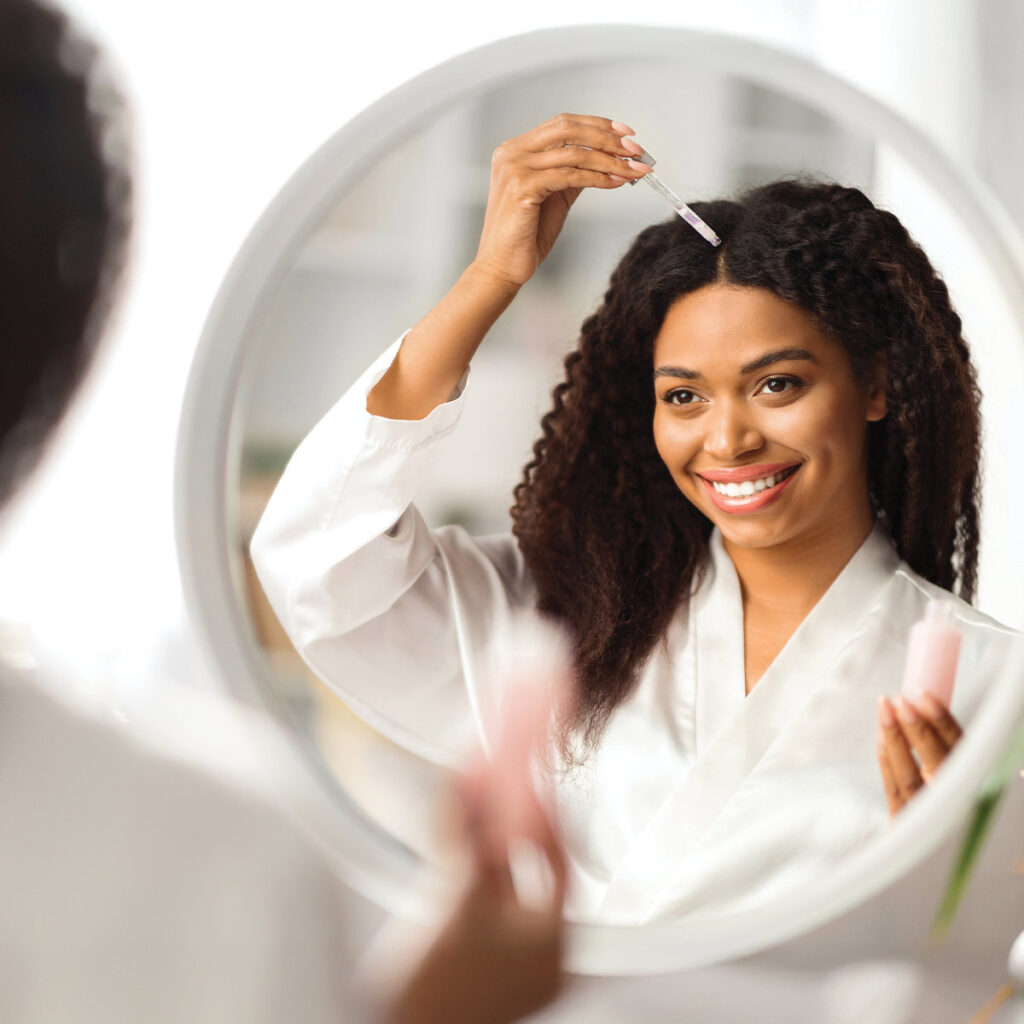When it comes to unwanted hair, there are a multitude of methods for removal. Better understanding the process and purpose of each can help you make the best choice for both your needs and your health! Here are a few of the healthiest and most straight-forward methods.
Shaving
Likely the least expensive and most common method of hair removal is shaving. Try to shave at the end of a warm shower or bath when hair follicles are more exposed and supple to help prevent ingrown hairs.
Change your razor every five to 10 shaves to avoid infection from built-up bacteria and the rust or irritation of old blades. Avoid shaving irritated skin (acne, rash, sunburn, etc.) as this can cause damage. And always moisturize after shaving.
Tweezing

For smaller areas of skin, this is a great method. It is a bit more time consuming, but essentially poses no health risks. Avoid tweezing larger areas though, as this can create skin irritation and even scarring.
Waxing
Waxing can be done at home or in a salon. Although it is trickier to get the hang of than shaving, its results typically last longer. Waxing can be done by applying hot wax to an area of unwanted hair, covering with a clean cloth strip before it cools, then quickly pulling the strip (cloth, wax, and hair) off in the direction of hair growth. It is best to pull skin taut around the strip as it is being removed to avoid bruising. Risks here include skin irritation, ingrown hairs, and burning of the skin.
Sugaring
Sugaring is almost exactly the same as waxing except that it is done by applying only a paste (no cloth) of natural ingredients (sugar, water, and lemon juice). When the paste cools and hardens, remove the paste by pulling it off in the direction of hair growth. In contrast to waxing, the paste tends to stick to the hair only, helping to slightly reduce redness, pain, and irritation.
Threading
Often done in a salon, this method is usually used for finer hairs, on the face in particular. Small threads are pulled tight and then twisted and crossed as they are moved across the surface of the skin. As the fine hairs intertwine in the threads, they are pulled out. Very similar to tweezing, this method is best for a small to medium surface area.




